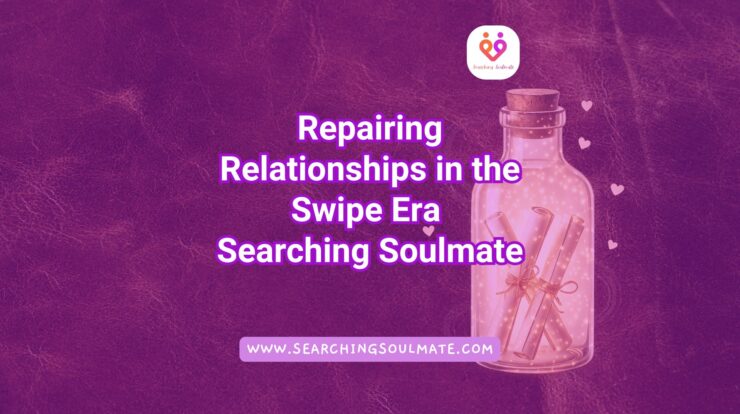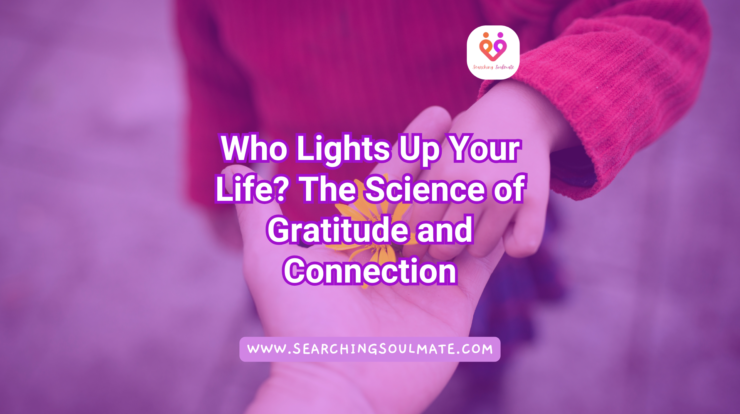
There was a time when we fixed things. A broken cup, a bruised friendship, a tough conversation — we tried to mend, not replace. But somewhere between “seen” and “left on read,” we lost that patience. Today, in the swipe era, the art of repairing relationships feels almost old-fashioned.
We move fast. We match faster. And when things get difficult, we delete, block, or “take space.” It’s convenient — but it’s also empty. Because in avoiding discomfort, we’ve quietly stopped learning how to stay.
The Cost of Quick Escapes
The world teaches us to upgrade everything — phones, jobs, even people. But the constant rush to replace rather than repair creates emotional burnout. We forget that real relationships — the kind that leave a mark — are built through cracks, not despite them.
Conflict isn’t a sign that something’s broken beyond repair. It’s proof that two people care enough to clash. The real problem is that we never learned how to handle the clash. Repair takes humility. It means slowing down, reflecting, and working through the mess — not walking away from it.
Head, Heart, and Hand — The Three Pillars of Repair
Repairing relationships isn’t just about saying sorry or moving on. It’s a deeper, three-layered process — something that connects your head, heart, and hand.
Head is clarity — understanding what actually went wrong, not just reacting to what you felt in the moment.
Heart is empathy — feeling beyond your own hurt and seeing the other person’s perspective without judgment.
Hand is action — doing the work, showing up, and proving that you value the connection enough to rebuild it.
When these three align, repair becomes more than a fix. It becomes a quiet act of courage — a statement that connection still matters in a distracted world.
Repair in the Age of Burnout
Emotional burnout is real. We scroll endlessly, text constantly, yet connect rarely. Our brains crave the next ping, not the next pause. That’s why repair feels heavy — it demands presence, not performance.
But real connection can’t survive without repair. It’s what deepens love after fights, strengthens friendships after misunderstandings, and grounds families after distance. Repair doesn’t always mean going back to what was; sometimes it means rebuilding something wiser, kinder, and more real.
Try this:
- Pause before reacting. The first emotion is usually defense, not truth.
- Ask, not assume. Misunderstandings shrink when you seek clarity.
- Apologize early, not perfectly. The effort matters more than the script.
- Show through consistency. Repair lives in daily gestures, not dramatic moments.
These are simple acts, but they bring emotional honesty back into our lives — the kind that can’t be found behind a screen.
Why Repair Still Matters
When you repair, you remind yourself that people are worth the effort. That emotions, like anything valuable, need care. Repairing relationships doesn’t make you weak or desperate — it makes you grounded. It says: I don’t want perfection, I want understanding.
Connection was never meant to be effortless. It’s meant to be earned. In every repaired bond, there’s proof that love can survive difficulty — that two people chose to grow instead of quit. That’s the kind of connection that outlives trends, algorithms, and time.
Closing Thought
Maybe “the one” isn’t the person who makes everything easy — but the one who stays when things get hard.
In a world built on speed and short attention spans, choosing to repair is a radical act. It connects your head, heart, and hand — and keeps the light of real human connection glowing.
Because connection isn’t something we find; it’s something we keep rebuilding.
Read more from Searching Soulmate:
- Light Looks Different on Everyone: Redefining Happiness in a Comparative World
- Who Lights Up Your Life? Gratitude & Meaningful Bonds
- Finding the Spark Again: Reconnect with Yourself After Burnout
Follow Our Socials:






